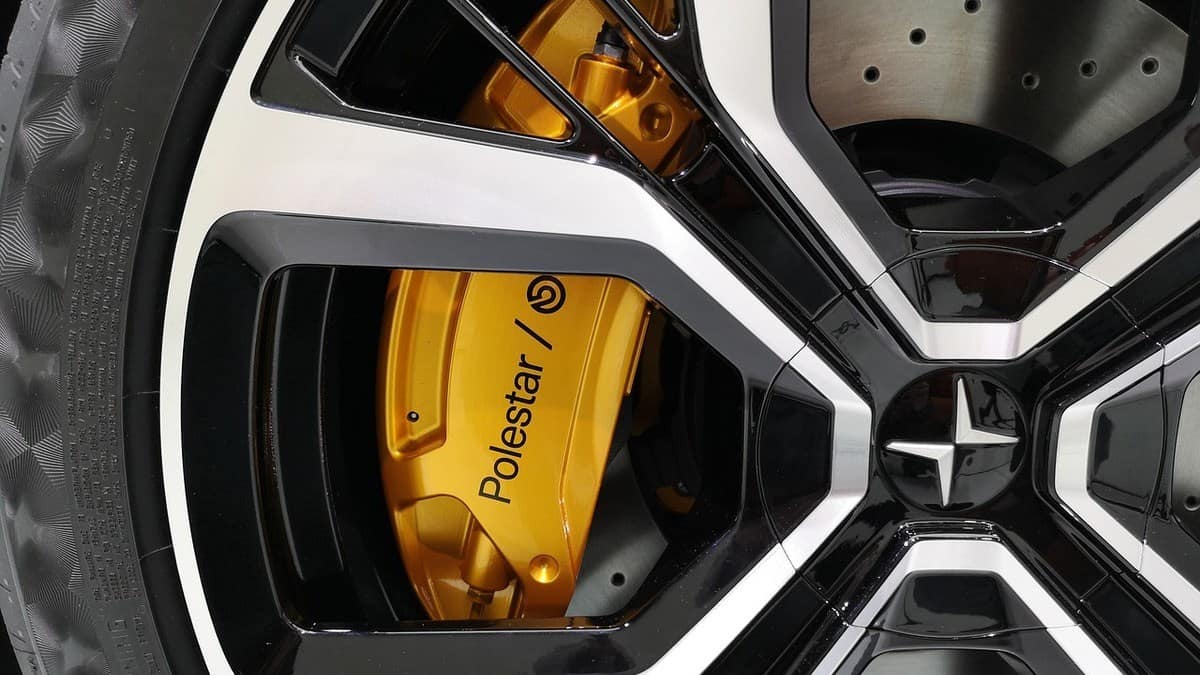Polestar plans to offer its innovative electric sports car by 2026, as per Electrek. The highly awaited Polestar 6, marketed as the “future of the sports car,” is expected to compete directly with the Porsche 911 in dynamic driving.
Interestingly, the automaker is setting the Polestar 6 to compete against a Porsche despite the Polestar 6’s manufacturing schedule of 2026.
Polestar Australia’s Product Planning Manager Edward Trinh stated:
“We’re benchmarking this dynamically against a Porsche. [The] 911, the Taycan – they’re the types of cars we’re looking at. We believe they’re the benchmarks in the industry for vehicle dynamics.”
Polestar’s footprint in the EV industry
The Swedish automotive brand owned by Volvo and Geely has entered the electric vehicle market with an appealing approach.
Polestar has been producing green automobiles, emphasizing sustainability, not just from the vehicle’s emissions but throughout its life cycle.
Polestar CEO Thomas Ingelath stated during the Q3 earnings:
“We [Polestar] are a real [electric] car company, we are in production, we are putting cars on the road today, and we are delivering.”
With yearly improvements, the automaker has steadily gained traction. In 2019, it unveiled its first electric model, Polestar 2. In October 2022, it released its first electric SUV, the Polestar 3. It will be followed by the launch of Polestar 4 in 2023, the automaker’s second electric SUV. In 2024, the Polestar 5 will also be launched.
Apart from those, the market will see the launch of Polestar 6 in 2026.
Polestar 6 technical details
The Polestar 6 will have a dual motor with 884 horsepower and 663 lb-ft of torque, an 800-volt electric architecture, and a projected 0 to 62 mph (0 to 100 km/h) time of 3.2 seconds. Its top speed will be 155 mph.
Trinh claimed that the two-door electric sports car would have an aluminum unibody for maximum strength and optimal weight, frequently seen “on a Mclaren or a Lotus.”
Dynamic driving
Polestar’s R&D team is “incredibly serious,” according to Trinh, about incorporating superior driving dynamics into their vehicles.
“Speaking to the R&D team, we got a bit of insider information from the head of vehicle dynamics for this vehicle [that] they’re looking [into] trick suspension systems.”
In light of Polestar’s past performance, Trinh stated: “It needs to handle. Vehicle dynamics is our background, we don’t forget about that heritage.”
“It’s not just about carbon neutrality, it’s about circularity, so we’re making cars that are easier to service, easier to repair, easier to recycle,” Trinh stated.

